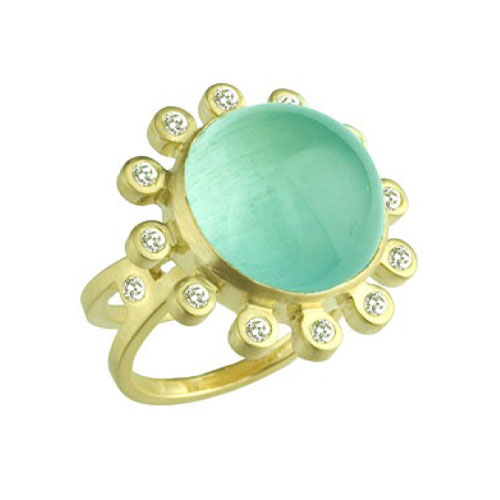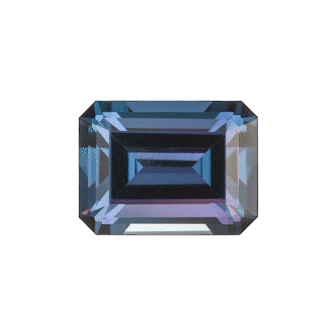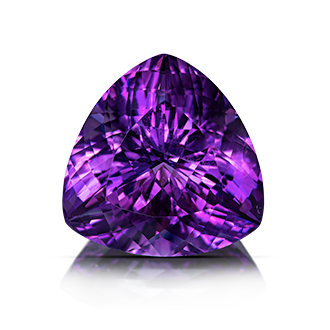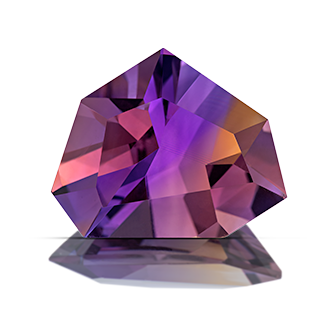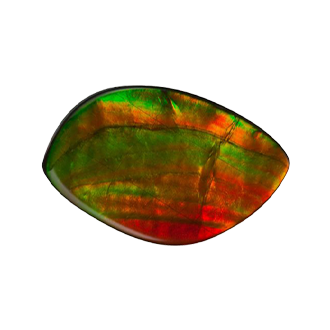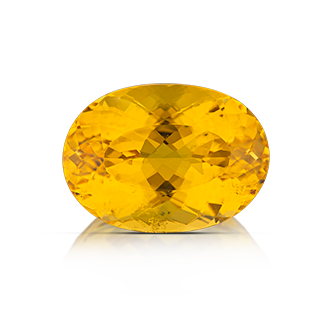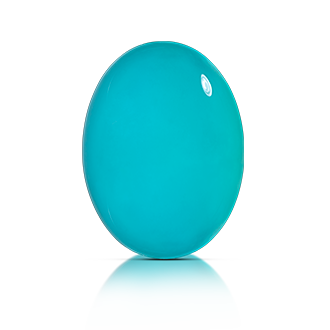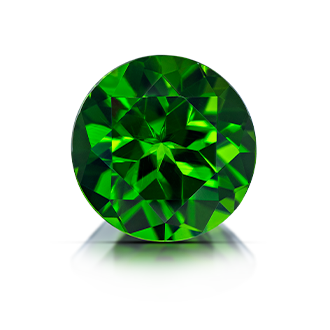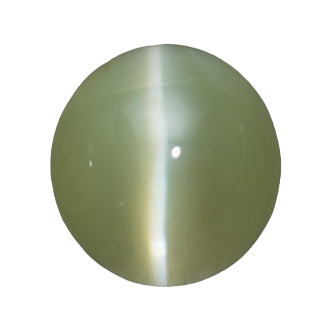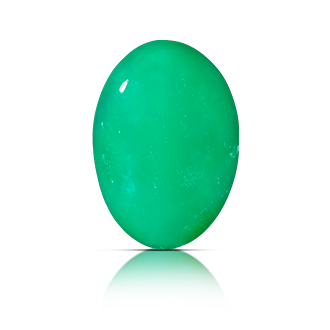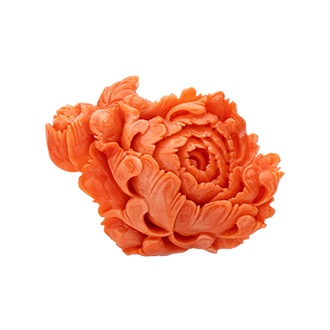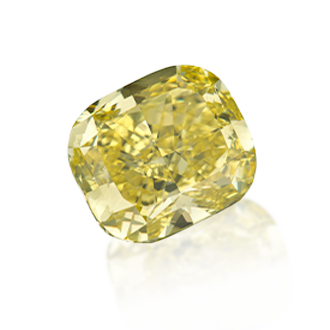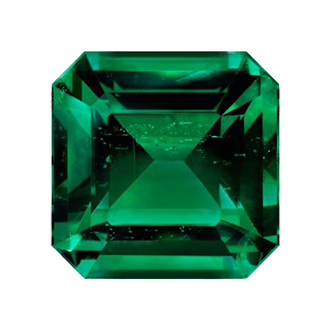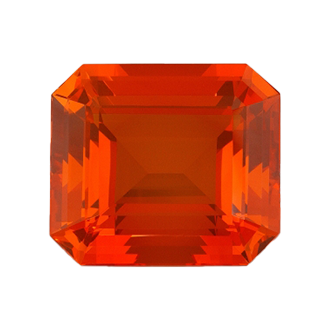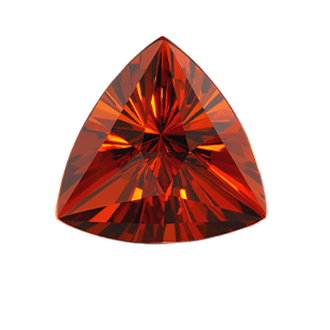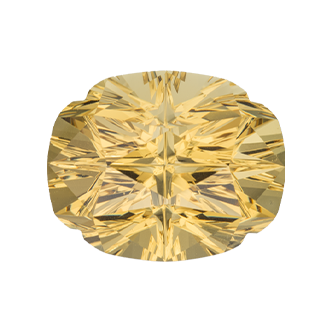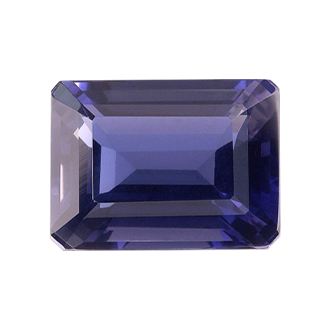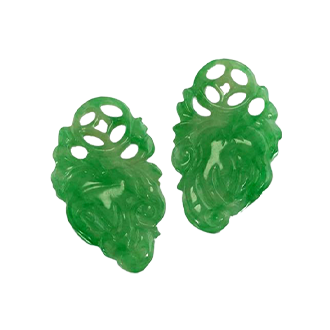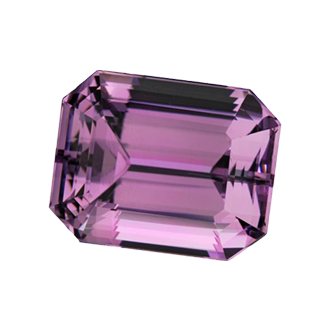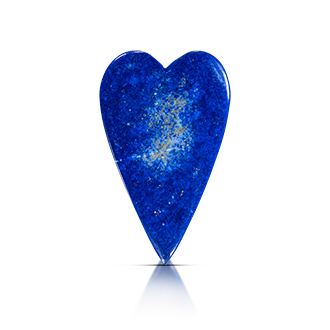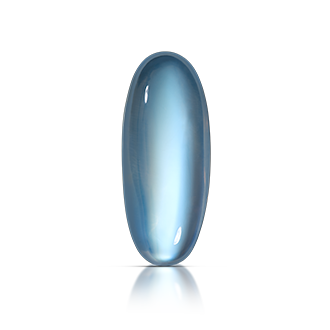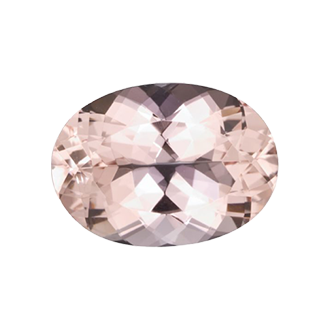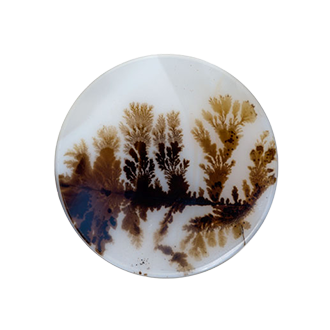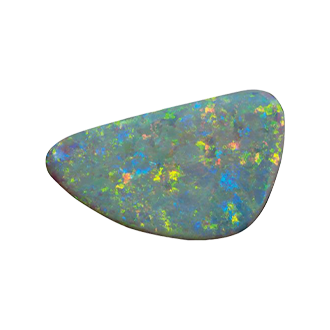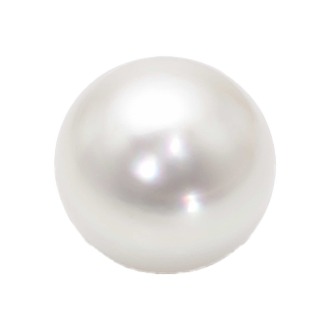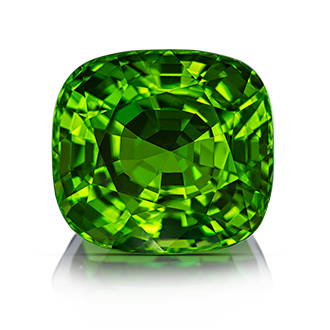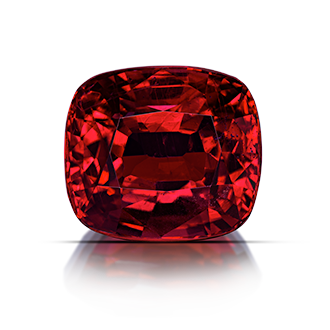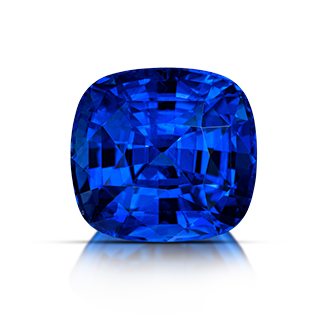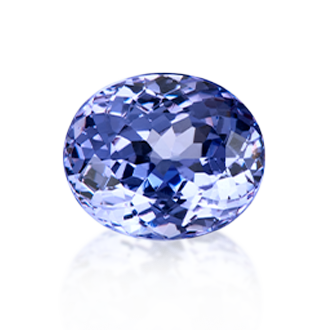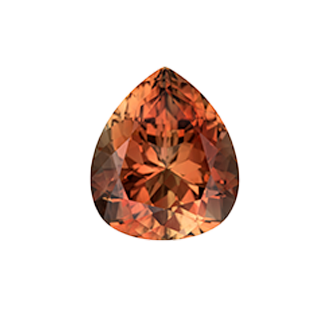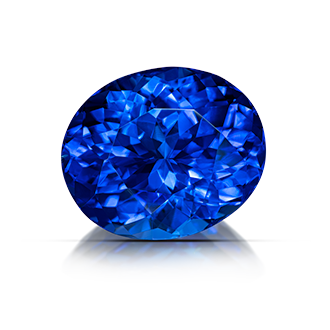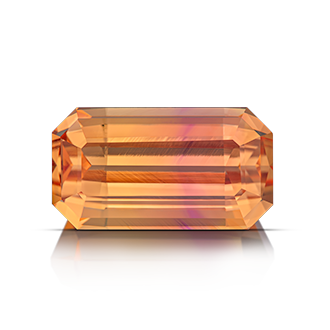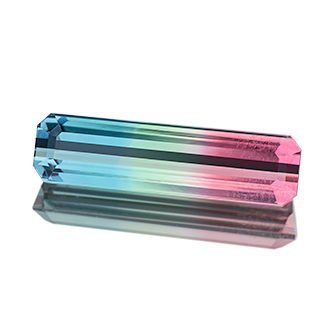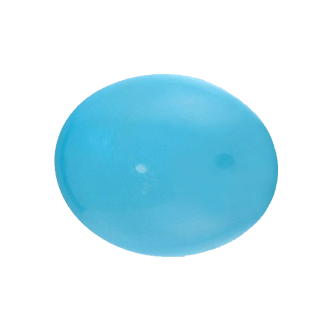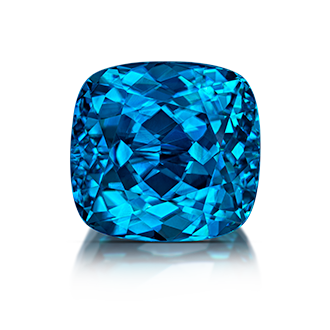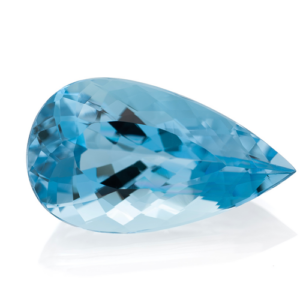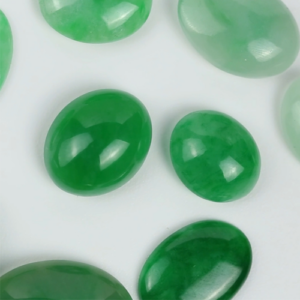Properties
| Family | Beryl |
| Chemistry | Be3Al2Si6O18 |
| Refractive Index | 1.564 - 1.596 |
| Birefringence | .005 - .007 |
| Specific Gravity | 2.68 - 2.74 |
| Hardness | 7.5 - 8 (Moh's Scale) |
| Color Range | Light blue to dark blue, blue-green |
Romance, History & Lore

Legends say that aquamarine originated in the treasure chests of fabulous mermaids. For centuries, aquamarine was the constant companion of mariners, their protection against the wrath of the sea.
Perhaps because this gem has earned its own reputation for beauty, many don’t realize that aquamarine is emerald’s sister. While both stones are of the beryl family, aquamarine possesses a delicate, light blue hue reminiscent of the ocean’s calm. Its very name, taken from Latin, translates to “seawater.”
As the birthstone of March and a favorite of water-signs, aquamarine is well-suited to building a collection year after year, milestone after milestone.
Origins

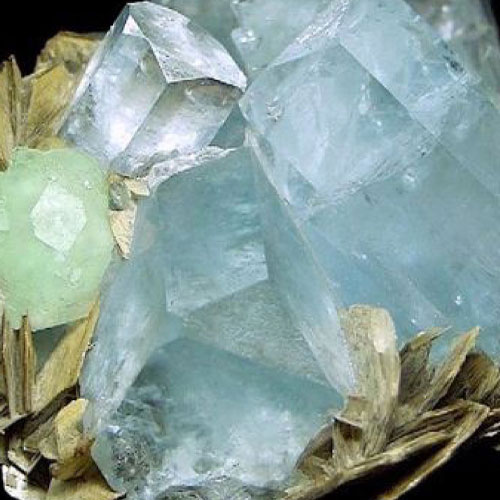
Enhancement
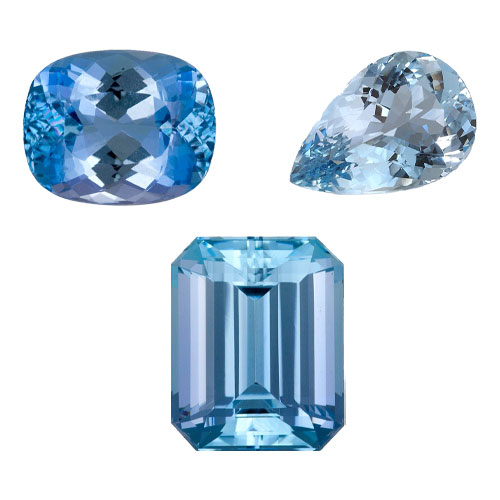
Care
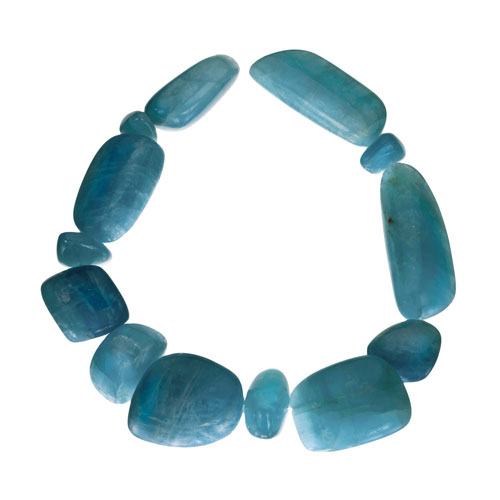
Selecting a Gemstone
With an expressive color evocative of both sea and sky, aquamarine is considered a fashion staple. It is a rare gemstone in that it can effortlessly move from day to night, work to play, and casual to elegant.
Jewelry set with aquamarine, because of its pastel tones, tends to be light and bright. The darker and more saturated an aquamarine’s color is, the rarer and consequently the more valuable it is. In general, however, aquamarine is a pastel gemstone and it lighter tones never reach the deeper tones of sapphire. Adding to its popularity is aquamarine’s beauty when set in either white or yellow metal. Yellow enhances the warmth of a greenish stone, while white metal highlights its cool blue hues.
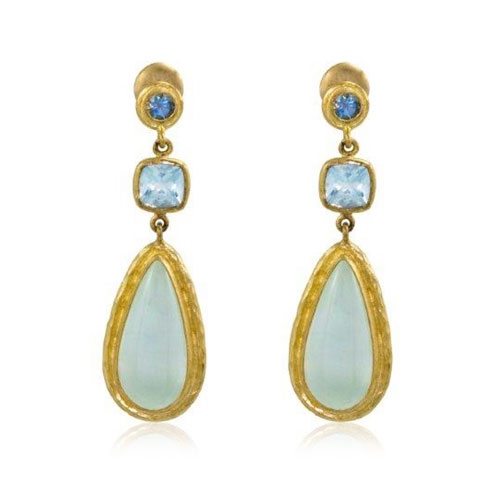
Aquamarine quite frequently has a flawless or lightly included interior and is often cut with large step facets and an open table that show off the remarkable purity of its structure. In fact, because of its pastel character and superior transparency, aquamarine will sparkle with brilliance no matter how it is faceted.
